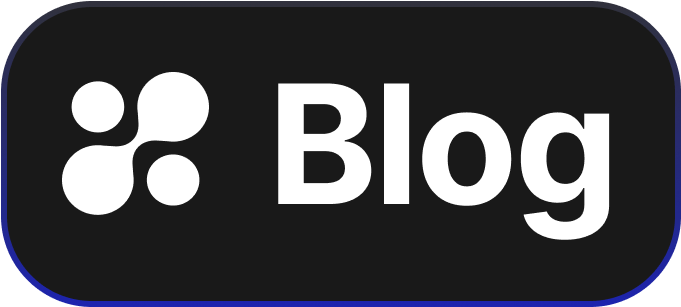Understanding Access Governance: A Focus on Discretionary Access Control
Access governance is a key component in managing who can access the resources in any organization. For technology managers, understanding how to control this access is crucial to protecting data and ensuring operational integrity. Discretionary Access Control (DAC) stands out as a flexible option for managing permissions. Let's explore what DAC is, why it's valuable, and how technology managers can implement it effectively.
What is Discretionary Access Control?
Discretionary Access Control (DAC) is a permission model that allows resource owners, such as database administrators or project leads, to decide who can access their resources and to what extent. This means that decisions are made by the owners, based on policy or criteria they set. The control is "discretionary"because it is up to the individual user, rather than an overarching system rule.
Why DAC Matters in Access Governance
DAC helps technology managers by offering flexibility and adaptability. It allows for more personalized access management, which can be tailored to fit unique organizational needs. For instance, DAC makes it simple for project leads to quickly adjust permissions for team members as project phases evolve or team roles change.
Key Benefits of Discretionary Access Control
- Flexibility: DAC provides the ability to easily change access as user roles and responsibilities change, making it suited to dynamic and fast-paced environments.
- User Responsibility: By giving data owners control over their resources, DAC promotes accountability and responsibility among users, encouraging them to uphold data security best practices.
- Simplicity: For organizations where resource needs often change, DAC offers a straightforward approach that can be quickly adapted without needing complex reconfigurations.
Implementing DAC in Your Organization
To successfully implement DAC in your organization, start by identifying who the resource owners are and what permissions they need. Develop guidelines that clearly outline how permissions should be granted, modified, and revoked. Use an access control management system to streamline this process and keep track of all permissions granted.
Making DAC Work for You
Using tools like Hoop.dev can simplify DAC implementation. With Hoop.dev, technology managers can set up and manage access controls in minutes. The platform allows you to see who has access to what, making governance transparent and straightforward. Trying out a live demo on Hoop.dev can provide a tangible understanding of its capabilities and benefits.
The Takeaway
Discretionary Access Control is a powerful tool in access governance, offering flexibility and user-oriented control. By leveraging DAC, technology managers can better protect their resources, streamline user permission management, and enhance accountability within teams. Jump into action by exploring the access control solutions available on Hoop.dev and see how easily you can enhance your governance strategy.
For technology managers, mastering DAC is not just about securing access; it's about intelligent resource management and empowering your team for success. Visit Hoop.dev today to see it all live in minutes.
